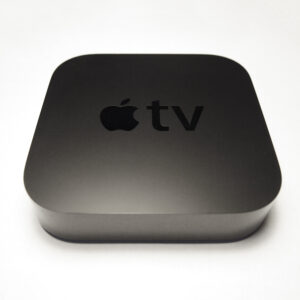Trying to shake a benadryl hangover, the evil pink mistress clogging every mental channel in my head with dizziness, apathy, and the dark grey dread and doubt and apathy that logjams any serious attempts at life. I remember waking at two or three, after the cursed recurring dream of being back in high school again, decades after escaping that hell, and spending hours in the parking lot, trying to find my car, the kind of realistic dreamscape that makes me worry if my car got towed or stolen for twenty minutes after waking, until I can convince myself that the torture of being back in Bighikistan and dealing with the preppies and assholes and evangelical christian taliban groups is nothing but an evil burn pulled on my conscious mind by the demons of my subconscious.
And then I did the infamous dizzying mental math of “it’s three, and my alarm goes off until seven, and this pill fucks me up for eight hours, but maybe I can cut it in half, and then shotgun coke zeroes when the alarm tries to fracture my sleeping brain.” And benadryl knocks me the fuck out, but plays with those REM dream settings, steps on them and fucks them so I sleep too deep, and skip the important step, the one where my subconscious plays, let loose on the playground with no recess monitors, just a blank brainscape occasionally jarred by the footsteps of a nocturnal cat that wants her breakfast four hours early. I can’t do this stuff every day.
I remember a fragment of a dream last night, where I returned to 414 Mitchell, and met some guy that lived there, tried explaining to him my previous tenure at the boarding house. He looked like one of those meathead hippy types, like the old bass player from Van Halen, a stocky guy with a mullety hairdo and a Jack Daniel’s obsession, who listened to jam bands seriously and called strangers “brah”. He acted antagonizing when we first traded words, but became a guarded friend when I mentioned my residence there decades before. He asked me why I left, implying some greater community at the house now, a fraternal bonding among the roommates, a utopian kinship. I started to explain the problems when I was there, the infighting and thefts and hostility, a dozen people living a dozen disparate lives under a single roof, endlessly at war with each other like a score of micronations feuding over a single set of vital resources. His look of doubt and hurt made me realize something changed in the last dozen years, either some transformation in the membership of the house, or more likely, a social failing in my own interpersonal skills. I left without pursuing it further, went off to find whatever the dream brought me to find, a distant landscape a common trope for my unconscious rambling.
But the night I first took Huperzine A — three nights ago — the dreams were markedly different. The shrink recommended the supplement, an ancient Chinese moss said to improve cognition, and I ordered a small vial from Amazon. The tiny pill, a 200 microgram dose, went on top of the usual gabapentin (the anticonvulsant probably causing my memory problems) but with no benadryl. The night’s sleep furtive, I couldn’t tell if I was asleep or awake for hours of the slumber, except my dreamscape was completely abnormal.
My usual boring dreams always take place in familiar scenery, the parental house or the aforementioned high school, or the constant theme of working at Wards. But this time, the altered sets were completely unfamiliar, an unrecognizable stage. I worked at an Alaskan factory, far north of the Arctic circle, making guns or weapons of some sort, and had a long conversation with a secretary about the kinds of doors required in an environment where it snowed eight feet a month. Then I took a car service in a city melded from Bloomington and Denver, a strange grey Vauxhall car with mini side wings like a Star Wars rebel ship. Inside, my co-rider started massaging the driver, a therapeutic massage tracing the various degenerative disk damage a frequent driver would have. The dreams continued like this, a lucid state between life and unconsciousness, and I woke untired, but also unrested, wondering if the drug would always have the effect, wondering how I could capture these dream-slips onto paper.



